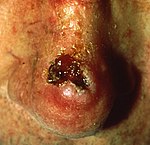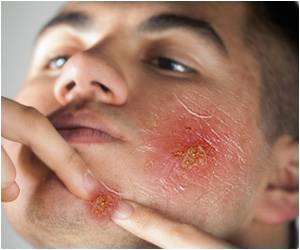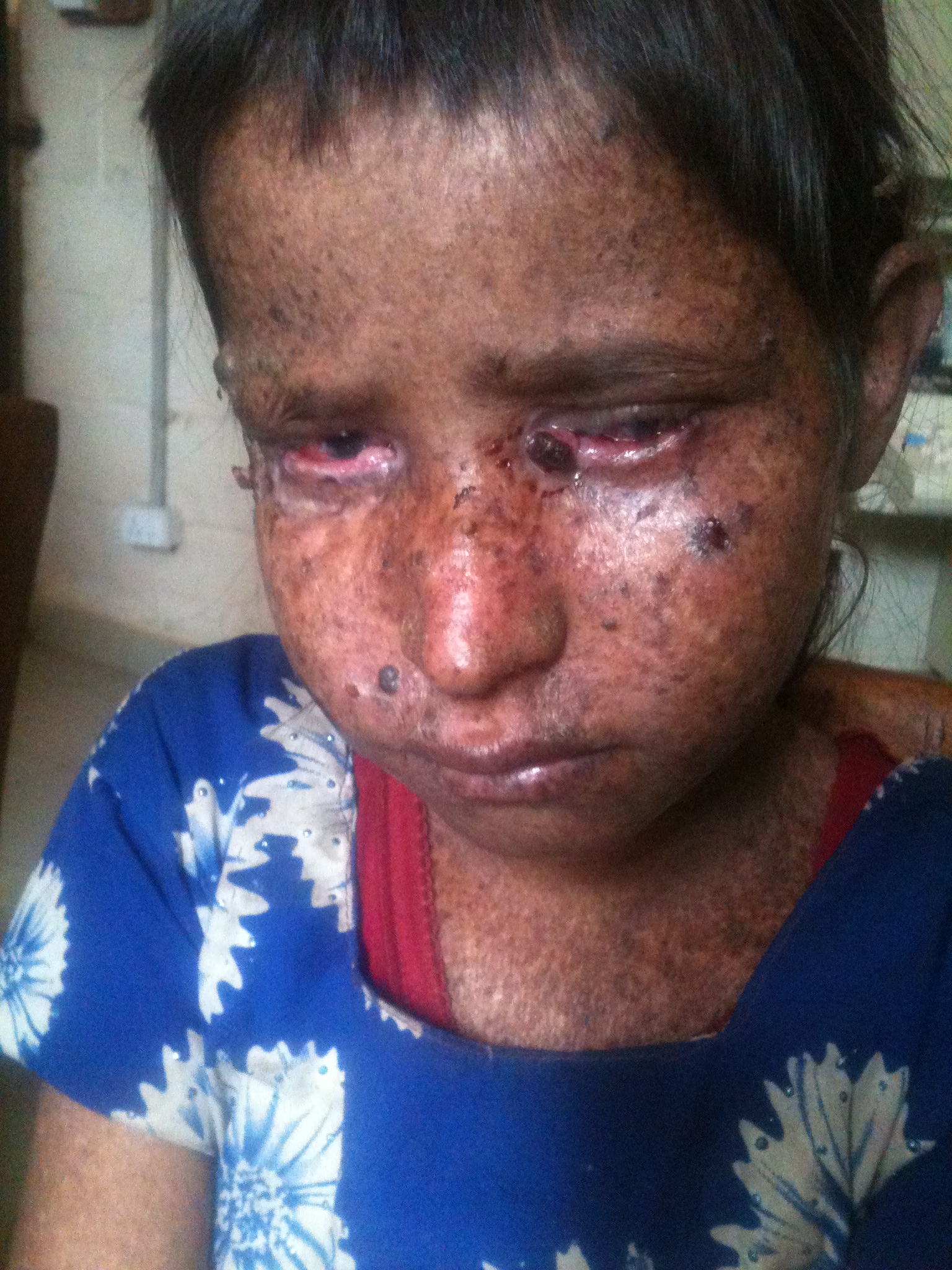Skin Cancer Symptoms Biography
Source(google.com.pk)It is by far the most common cancer in the world, accounting for 75% of all cancer diagnoses. Most cases are cured, but the disease is a major health concern because it affects so many people. The incidence of skin cancer is rising, even though most cases could be prevented by limiting the skin's exposure to ultraviolet radiation.
Skin cancer is about three times more common in men than in women, and the risk increases with age. Most people diagnosed with skin cancer are between ages 45 and 54, although all forms of the disease are appearing more often in younger people. If you or any close relatives have had skin cancer, you are more likely to get the disease. Geography and race also factor into your chances of getting skin cancer, with the rate of skin cancer at its highest where fair-skinned Caucasians migrated to an area with higher annual sun exposure than their prior climates.
Every malignant skin tumor in time becomes visible on the skin's surface, making skin cancer the only type of cancer that is almost always detectable in its early, curable stages. Prompt detection and treatment of skin cancer is equivalent to cure.
Types of Skin Cancer
Skin cancers fall into two major categories: melanoma and nonmelanoma.
Melanoma can start in heavily pigmented tissue, such as a mole or birthmark, as well as in normally pigmented skin. Melanoma most commonly appears first on extremities, chest, or back, although it can occasionally arise on the palm of the hand; on the sole of the foot; under a fingernail or toenail; in the mucus linings of the mouth, vagina, or anus; and even in the eye.
Melanoma is a potentially aggressive, life-threatening cancer. It is readily detectable and usually curable if treated early, but it progresses faster than other types of skin cancer and can spread beyond the skin to affect numerous parts of the body, including the bones or brain. Once this occurs, melanoma becomes very difficult to treat and is incurable.
The two most common skin cancers, basal cell carcinoma and squamous cell carcinoma, are nonmelanomas and are rarely life-threatening. They progress slowly, seldom spread beyond the skin, are detected easily, and usually are curable. Basal cell carcinoma, which accounts for nearly three out of four skin cancers, is the slowest growing. Squamous cell carcinoma is somewhat more aggressive and more inclined to spread. In addition, there are a few rare nonmelanomas, such as Kaposi's sarcoma, a potentially life-threatening disease characterized by purple growths and associated with a suppressed immune system and almost always seen in patients with AIDS or the elderly.
Some noncancerous skin growths have the potential to become cancerous. The most common are actinic keratoses – crusty, reddish lesions that may scratch off but grow back on sun-exposed skin.
Different types of skin cancer may have different symptoms. These include changes in the skin that is affected. Sometimes skin cancer may begin from an abnormally growing mole, discoloured skin, ulcers and wounds over skin that does not heal. There may be changes in existing moles such as development of jagged edges, and enlargement of the lesion.
Symptoms of Basal Cell and Squamous Cell Skin Cancers
Symptoms of basal cell and squamous cell cancer are more common as these are more commonly found than melanoma. A change on the skin is the commonest sign of these cancers. There may be an ulcer or sore that does not heal or a new growth or a change in an existing growth over the skin. Not all skin cancers look the same. Usually there is no pain associated with the cancer.
Common symptoms of basal cell or squamous cell skin cancer include:
Symptoms of Malignant Melanoma
The first sign of a melanoma is usually a change in an existing mole. There may be a sudden or gradual change in shape, color, size, or consistency of feel of the mole.
The symptoms of malignant melanoma are often remembered according to the mnemonic – “ABCDE”. These include:-
Asymmetry – one half of the mole does not resemble the other half.
Border that is irregular – jagged, notched or blurred edges of the mole or pigment. The pigment from the mole may spread from it to the surrounding non pigmented skin as well.
Color which is uneven – a uniformly appearing black, brown mole may grow to show a variegated pattern of colors that may have shades of black, brown, and rust along with areas of gray, red, pink, blue or white patches on the mole.
Diameter that is altered – usually an increase in size is seen. Melanomas can be small but most are larger than 6 millimeters or about 1/4 inch (roughly the size of a pea).
Evolving or changing – the mole that transforms into a melanoma changes over weeks or months. The texture of the mole may also change. There may be a scraped or broken appearance of the mole due to breakdown of the skin overlying it. The mole itself may become hard or lumpy. There may be some oozing or bleeding over the surface of the mole. A melanoma is accompanied by itching, pain and irritation.
Skin Cancer Symptoms Skin Cancer Pictures Moles Symptoms Sings On Face Spots On Nose Photos Types Pics Wallpapers Pics

Skin Cancer Symptoms Skin Cancer Pictures Moles Symptoms Sings On Face Spots On Nose Photos Types Pics Wallpapers Pics

Skin Cancer Symptoms Skin Cancer Pictures Moles Symptoms Sings On Face Spots On Nose Photos Types Pics Wallpapers Pics

Skin Cancer Symptoms Skin Cancer Pictures Moles Symptoms Sings On Face Spots On Nose Photos Types Pics Wallpapers Pics

Skin Cancer Symptoms Skin Cancer Pictures Moles Symptoms Sings On Face Spots On Nose Photos Types Pics Wallpapers Pics
Skin Cancer Symptoms Skin Cancer Pictures Moles Symptoms Sings On Face Spots On Nose Photos Types Pics Wallpapers Pics

Skin Cancer Symptoms Skin Cancer Pictures Moles Symptoms Sings On Face Spots On Nose Photos Types Pics Wallpapers Pics

Skin Cancer Symptoms Skin Cancer Pictures Moles Symptoms Sings On Face Spots On Nose Photos Types Pics Wallpapers Pics

Skin Cancer Symptoms Skin Cancer Pictures Moles Symptoms Sings On Face Spots On Nose Photos Types Pics Wallpapers Pics

No comments:
Post a Comment